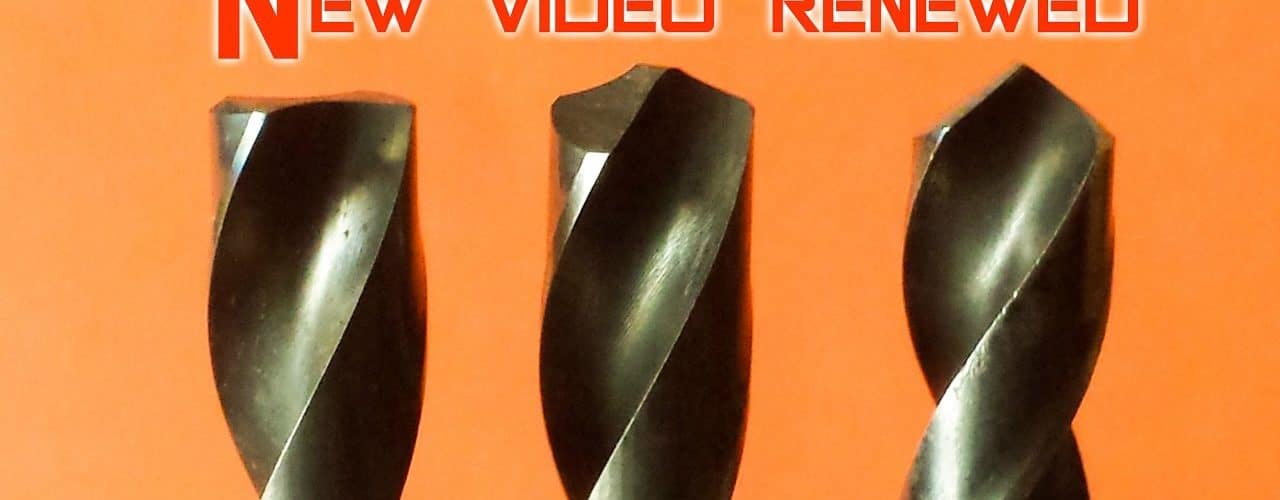The first way to sharpen drill bits is to keep them sharp to begin with. Make sure you always store your bits and don’t let them clatter around loose in drawers and tool boxes. Make sure you’re always drilling your hole straight on and not at an angle, and finally, make sure that in instances of heavy use, you clear the drilled material from the grooves of the bit occasionally. Doing these three simple things will keep the rest of your bits sharp, which will be easier in the long run.
For the bits that have lost their edge, there are several ways to get them back into working order again, but each method requires the use of safety glasses and common sense. You can purchase a bit sharpener and follow the directions, and this is possibly the easiest method. A bench grinder can also be used to sharpen bits – this is the trickiest and possibly most dangerous method, so only attempt it if you’re very familiar with the process, or very familiar with your bench grinder. Finally, you can file your bits by hand using a variety of specialized files and stones depending on the specific type of bit you’re sharpening.
The first option is definitely the way to go for the novice, or for the person who already has this specialized tool and is used to working with it. Find your safety goggles, purchase a bit sharpener or borrow one from a friend or neighbor and simply follow the instructions that come with it. (And if you’ve borrowed it from a friend, take a moment to ask how it went for them – you’ve got a wealth of information just waiting for you.) Most of these tools have the ability to adjust the angle, which will be necessary for some bits.
The second option is the bench grinder. Make sure that you have a clamp, vice, or sharpening jig that can hold the bit, as well as your safety glasses, as you’ll need to hold the bit at a 59 degree angle which may bring your hand entirely too close for comfort to the business end of the grinder. Hold the cutting edge of the bit parallel to the grinder (which will usually put the entire bit at a 59 degree angle) and turn it in a very, very steady clockwise position while you move the shaft down and to the left.
The third option is to sharpen by hand, with non-powered hand tools. Each type of bit will require a different type of sharpener, so know what sort of bit you’ve got before you begin. Always wear safety goggles. Screwdriver bits, Tile bits, and Twist bits (the most common type which have sharp tip and a spiral down the length of the bit, through which the drilled material can be evacuated) can be sharpened by an oilstone. Masonry bits or Spur points can be sharpened with a grindstone. Flat wood bits and Countersink bits can be sharpened by a fine file. Forstner bits (those that create a flat-bottomed holes) can be sharpened with a fine file or an oilstone. The process for sharpening a bit by hand and by bench grinder is essentially the same. The same motions and angles need to be maintained or else you can run the risk of ruining the bit you’re trying to sharpen. Don’t be afraid to go slowly, always use common sense, take appropriate safety precautions and your drill bits should be sharp again in no time at all.
Related Video:
How to Sharpen Tools : Sharpening a Forstner Drill Bit
<>
<>



